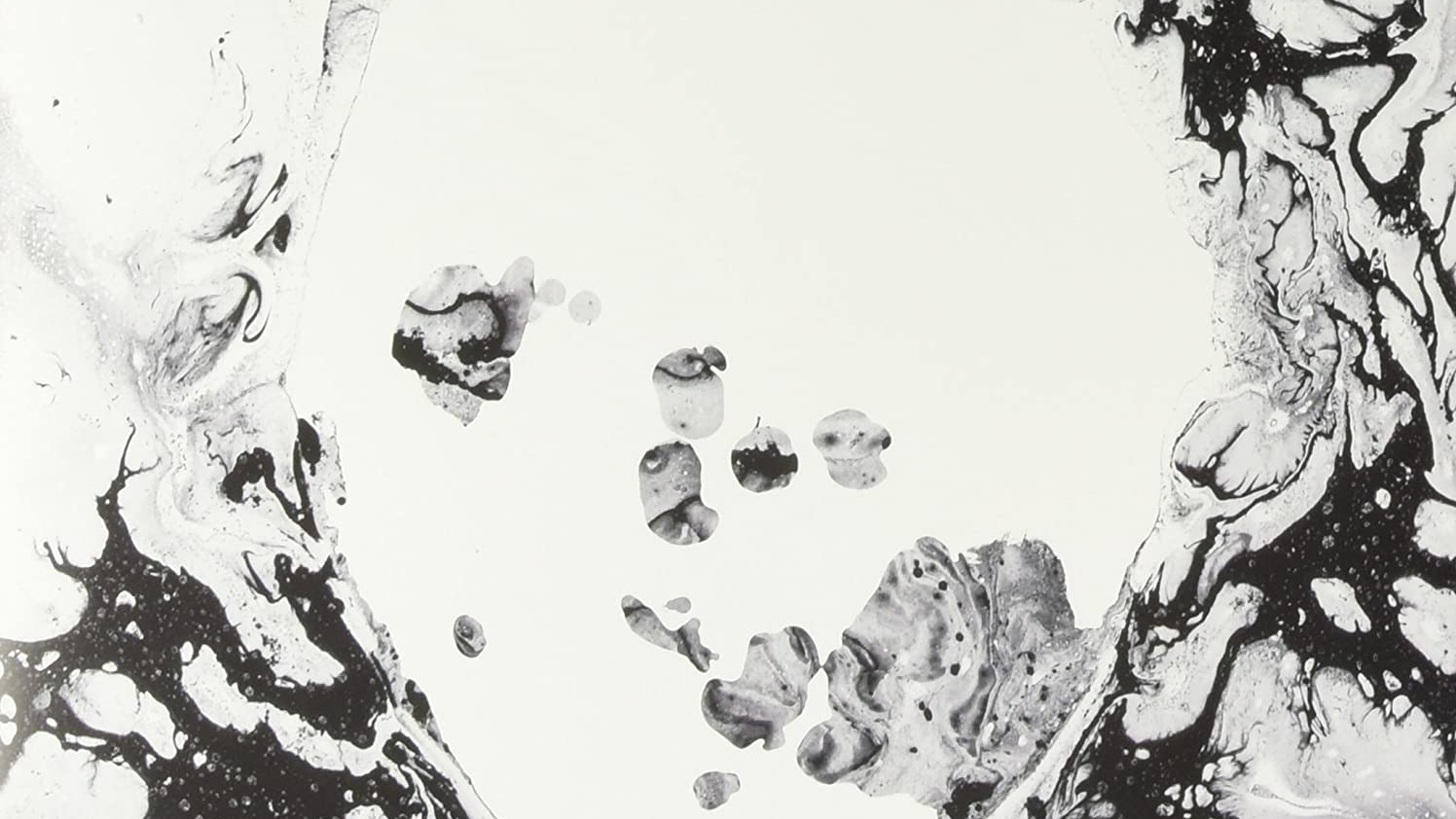LG, SEOUL: Who's watching the glass factory?
Driving North-west out of Seoul towards Paju, home of one of LG's major display panel facilities, the crippling city traffic soon thins out.
Here the highway runs beside the river, and the country's car companies take advantage of the light traffic to test heavily-disguised prototypes - all matt-black paint and camouflage body panels. It's also apparently popular with Seoul's street-racers: they head up here at night to burn some rubber.
But there's a more ominous presence: the left side of the highway is lined with barbed wire, with regular observation posts (above) manned by young South Koreans doing their national service, and keeping watch across the river for incursions by those from the North.
"They have real guns," our tour-guide tells us with some seriousness - and rumours abound of rather more potent deterrents also being deployed, from stones set to fall if disturbed to concrete blocks filled with explosives to head off a tank invasion..
We're staring from the bus windows out across the DMZ, the demilitarised zone separating the two countries, and hearing that this part of it has become a nature sanctuary, simply because it's left alone. The flocks of birds we see are on their migration route from Siberia to warmer climes.
Soon, just past the hilltop Reunification Observatory (above), we swing off the highway, and into Paju itself, taking LG-ro (road) before hooking a right onto LCD-ro, the bus labouring up a hill between high banks with the look of a massive ancient fortification - well, apart from the huge LG Display sign on them.
We're at the 4.5 square kilometre site of the Paju Display Cluster, where the company makes the plasma and LCD panels used in its TVs, and displays used by other companies for everything from mobile phones to computers and advertising signs.
The latest hi-fi, home cinema and tech news, reviews, buying advice and deals, direct to your inbox.
Until this year, the plant was an LG/Philips joint venture, but now LG has bought out its partner, and owns the whole enterprise.
Here we visit the P7 factory, where huge sheets of mother glass, 2.25x1.95m, just 0.7mm thick but weighing 7.7kg, are moved around by robots as they undergo the photographic process that creates plasma panels from raw glass.
It takes 5 days to complete a sheet of the glass, which will yield eight 42in screens, but plans are already underway for P8, due onstream in the first quarter of next year, which will up the sheet size to 2.5x2.2m.
Only 38 staff on each of three shifts run the factory, which operates in ultra-clean conditions, but the Paju facility has everything from its own dormitory and apartment complex to football pitches - and even a friendly neighbourhood South Korean army base, located right on the edge of the 'campus'.
And things are serious here: as we drove in, a Black Hawk helicopter briefly appeared in the sky before dropping below the trees to land.
Up at the top of the P7 plant, however, LG is doing its bit: in the Success Tower, visitors are invited to use a pair of huge tripod-mounted binoculars to peer out over the plant, and across the DMZ toward North Korea.
We have pointed out to us the North Korean guard-posts atop the distant hills, and the 'disguised village', which we're told is being built almost as a stage set, as a show of prosperity to those in the South.
That's nothing new: until recently huge banners and high-powered speaker systems traded blows across the border, until an agreement was made to avoid such obvious disturbances to the neighbours - not to mention those Siberian visitors.
But you can't help wondering, as you peer into the haze through the binoculars, whether someone out there isn't staring back, and keeping an eye on the world's largest 7th-generation TV glass factory...
Andrew has written about audio and video products for the past 20+ years, and been a consumer journalist for more than 30 years, starting his career on camera magazines. Andrew has contributed to titles including What Hi-Fi?, Gramophone, Jazzwise and Hi-Fi Critic, Hi-Fi News & Record Review and Hi-Fi Choice. I’ve also written for a number of non-specialist and overseas magazines.
